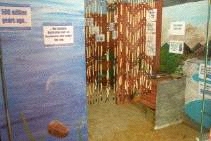 |
|||||||
| Home |
Tours |
Wildlife | Our region | Prices | About
Araucaria |
Contact
us |
|
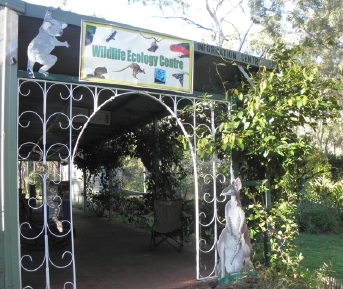 Scenic
Rim Wildlife Ecology Centre
Scenic
Rim Wildlife Ecology Centre
Suitable for: families, conference tours, 'grey nomads', amateur naturalists, universities, schools, scouts and other student or special interest groups,.
(on Lions Road loop of Rainforest Way, adjacent to Andrew Drynan camping and picnic reserve)
17.7km from Rathdowney, south-east Queensland
The Centre is run entirely on solar power (see photo above right)
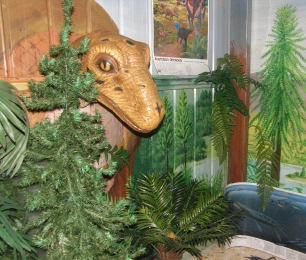
The Scenic Rim Wildlife Ecology Centre includes an indoor section and outdoor nature trails
The Centre is on Running Creek Road, via Rathdowney, and just 90 minutes away from Brisbane, Ipswich, the Gold Coast or Lismore, making it an easy day trip with scenic driving en route. It is ideally situated for those exploring the Rainforest Way, Australia's Green Cauldron or the Great Sunshine Way, or for those taking a scenic route between Brisbane and New South Wales.
The Andrew Drynan picnic and camping reserve is just around the corner (five minutes' walk), and there are B&B's, self-contained cabins, farm stays, motels and hotels within 45 km (some within 20km).
Find us on Google maps
Guests on our 3-day Wildlife Overview tour and the 2-day Budget Wildlife Camp explore the Centre. Others are very welcome with sufficient advance notice.
Inside the Wildlife Ecology Centre:
-
What is so different about Australia? What is different about our mammals, birds, reptiles, plants and other natural features compared to the rest of the world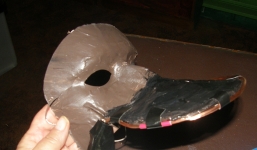
- What is so different about the Scenic Rim What is different about our mammals, birds, reptiles, plants and other natural features compared to the rest of Australia
- 500
million
years overview of the geological
and
evolutionary history of Australia as a whole
and the Scenic Rim
region
in particular
- Australia's
ecosystems
and
habitats
-
marine,
freshwater
and land, and a sample of
animals that live there
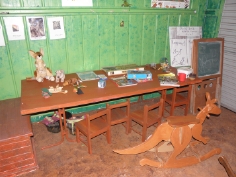 Exploring
wildlife
though science,
natural
history and art
Exploring
wildlife
though science,
natural
history and art
- Wildlife
ecology, using
local
examples
-
what
does
an
animal
need in its daily life in order to stay
alive and reproduce, effects on populations and
communities
- Wildlife behaviour, using local examples - why animals do what they do, senses of animals (don the platypus mask pictured here to seek your prey)
- Library of books
and journals
dealing with local wildlife
- Wildlife
of the Scenic Rim - background habitat,
mammals, birds,
reptiles,
frogs, fish and invertebrates; local species,
threatened species
- Children's
corner - puzzles, games, toys,
arts/crafts and our
'rockaroo'
- Library of additional information - from children's books to science journals
- Theatrette for videos and PowerPoint presentations
See what makes Australia different from other world regions, and the Scenic Rim different from other parts of Australia, and view wildlife art
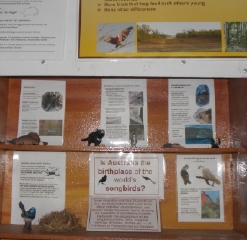
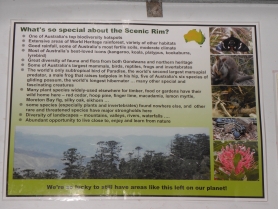

Walk through time as Gondwana breaks up and Australia begins its long isolation from other lands.
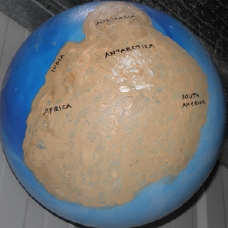
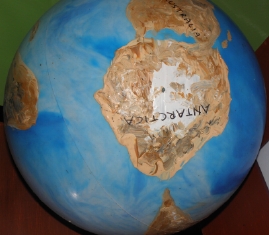
Explore today's habitats
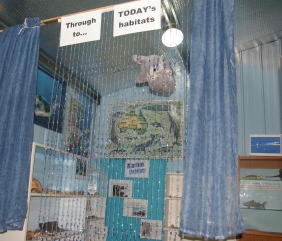
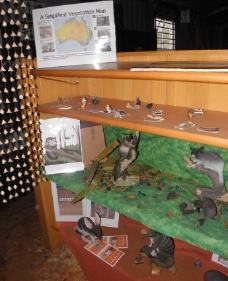
See what animals live in the Scenic Rim and learn about their behaviour and ecology

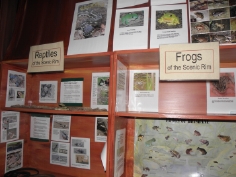
Guess what these are, then lift the flap to find the answer

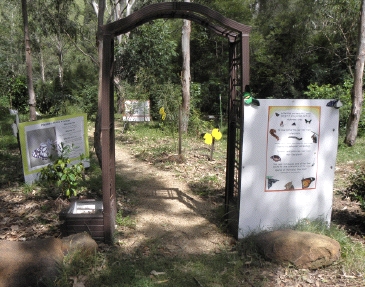
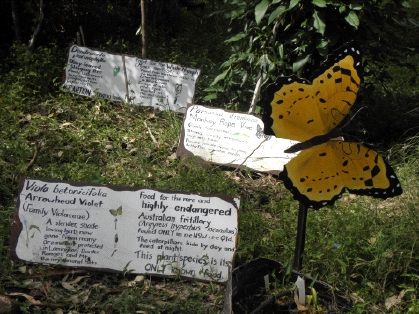 On the
rest
of the property:
On the
rest
of the property:
- Butterfly walk - the food plants for the larvae of butterflies of the five major Australian families of butterfly, and information on life cycles, behaviour and ecology (note: we have no butterflies in captivity, but plenty bring themselves in, especially in warmer months)
- Seed dispersal walk - fleshy-fruited herbs, shrubs, vines and trees with information on the animals that disperse them
- Other guided and self-guided walks in preparation
- Rainforest (seasonally dry) and rainforest regeneration
- A
full
kilometre of creek, home to catfish, eels, turtles,
ducks and
platypus,
- Eucalypts
with
understorey of
primarily native
grasses
- Riparian community of sheoaks, tea-trees and other natives
- Good bird life, also red-necked wallabies, pademelons, possums, bandicoots, other native mammals, reptiles and frogs
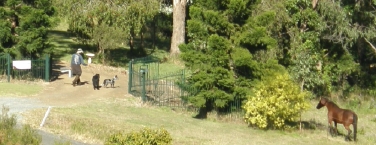
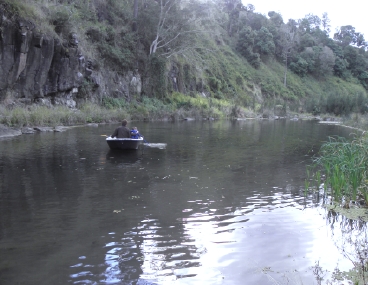
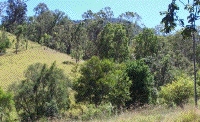
The surrounding region:
- Camp
ground
next door, and various styles of
accommodation within 45 km (some within 20km)
- National Parks: Mt Chinghee National Park (seasonally dry rainforest) adjacent to property, Border Ranges NP (extensive rainforest and open forests) just over border, Lamington NP (extensive rainforest and open forests, some mountain heath) visible from property but 90 minutes drive to reach main entry, Mt Barney NP (open forest, some mountain heath and rainforest) 40 minutes
- Scenic
Rim
generally
- Moogerah Peaks, Lamington National Park, Mt Barney,
Tamborine Mountain, many cottagers, farm stays,
wineries, great scenery
....
- Border Ranges region generally (also part of Rainforest Way and Australia's Green Cauldron), third highest biodiversity in Australia
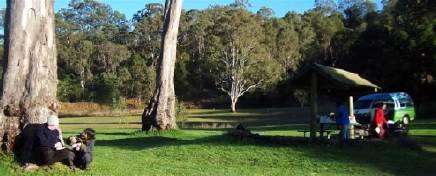

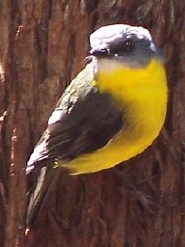
Cost:
- included in cost of educational excursions or camps
- included in cost of three-day wildlife tour or weekend wildlife camp
- for day-trippers or campers not involved in the above, currently a donation of $4 per adult or $2 per child towards our habitat restoration efforts (includes guided tour of information centre and nature trails)

